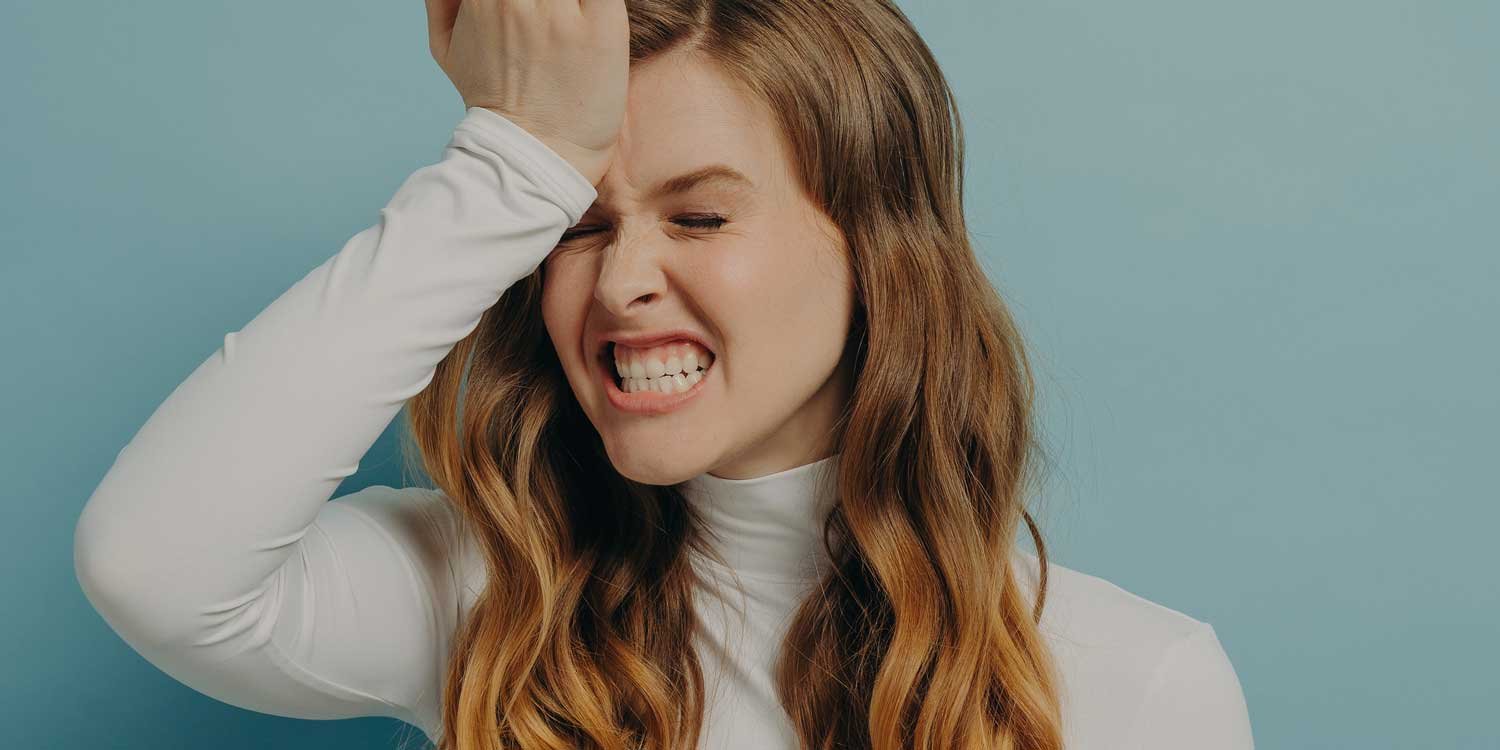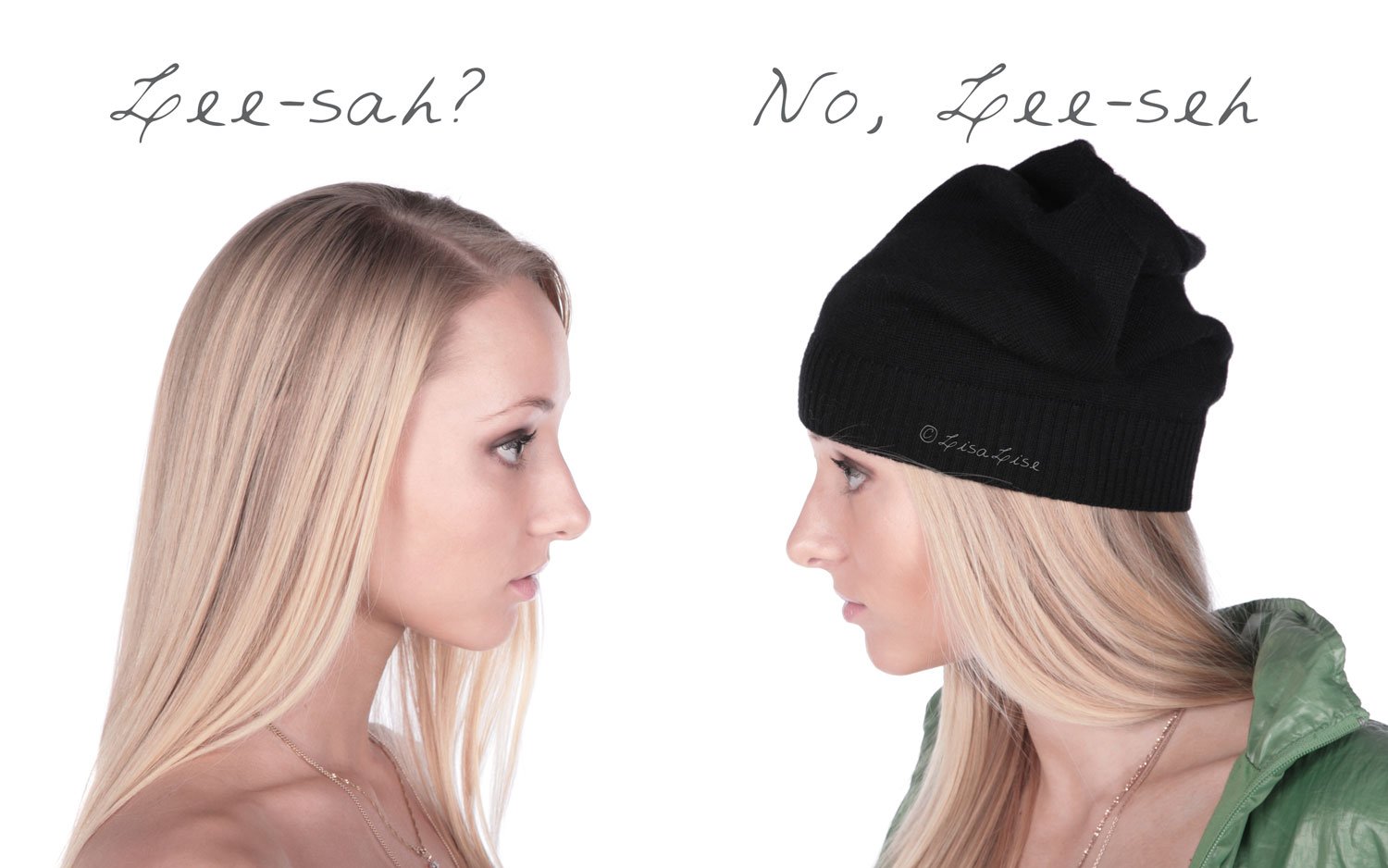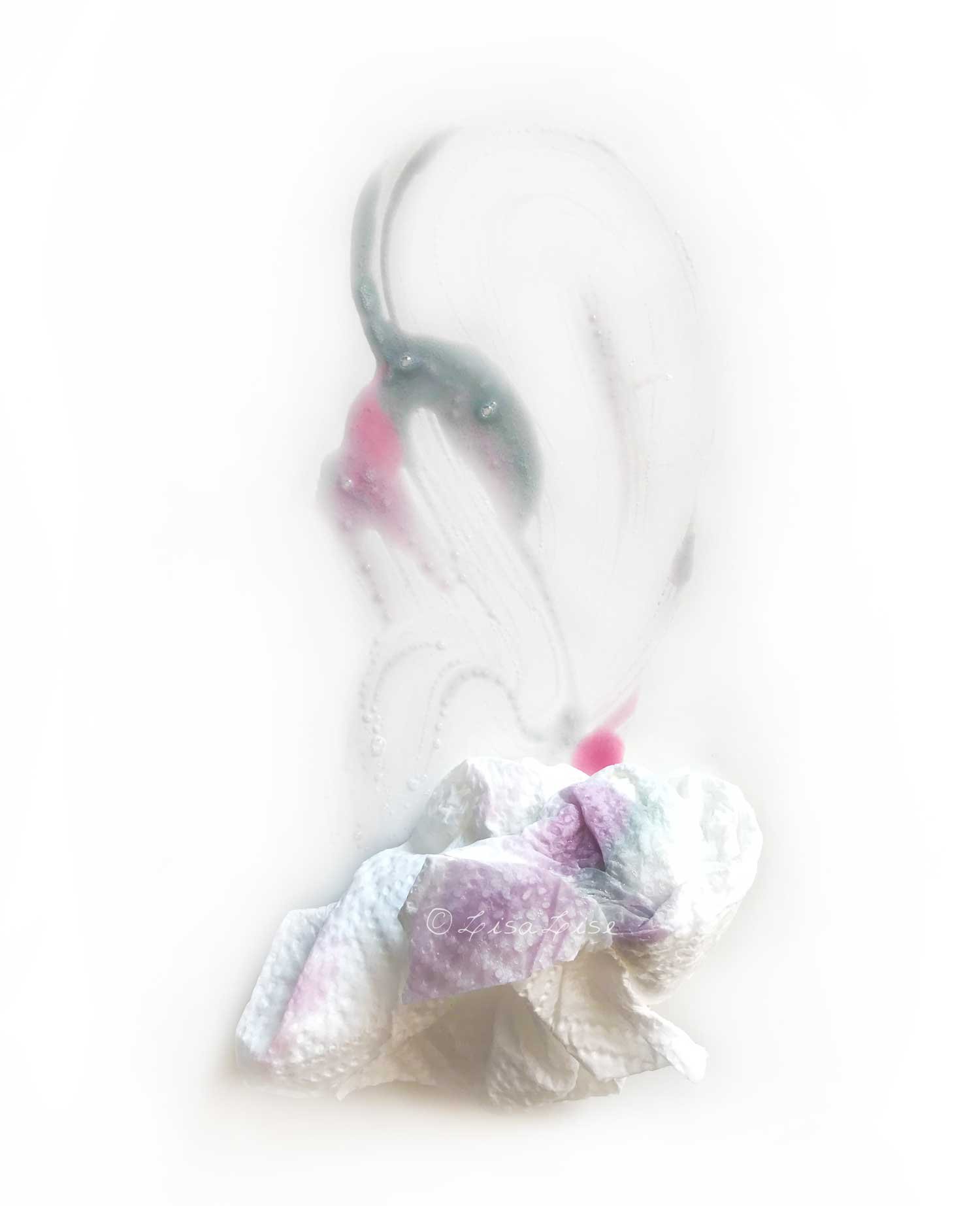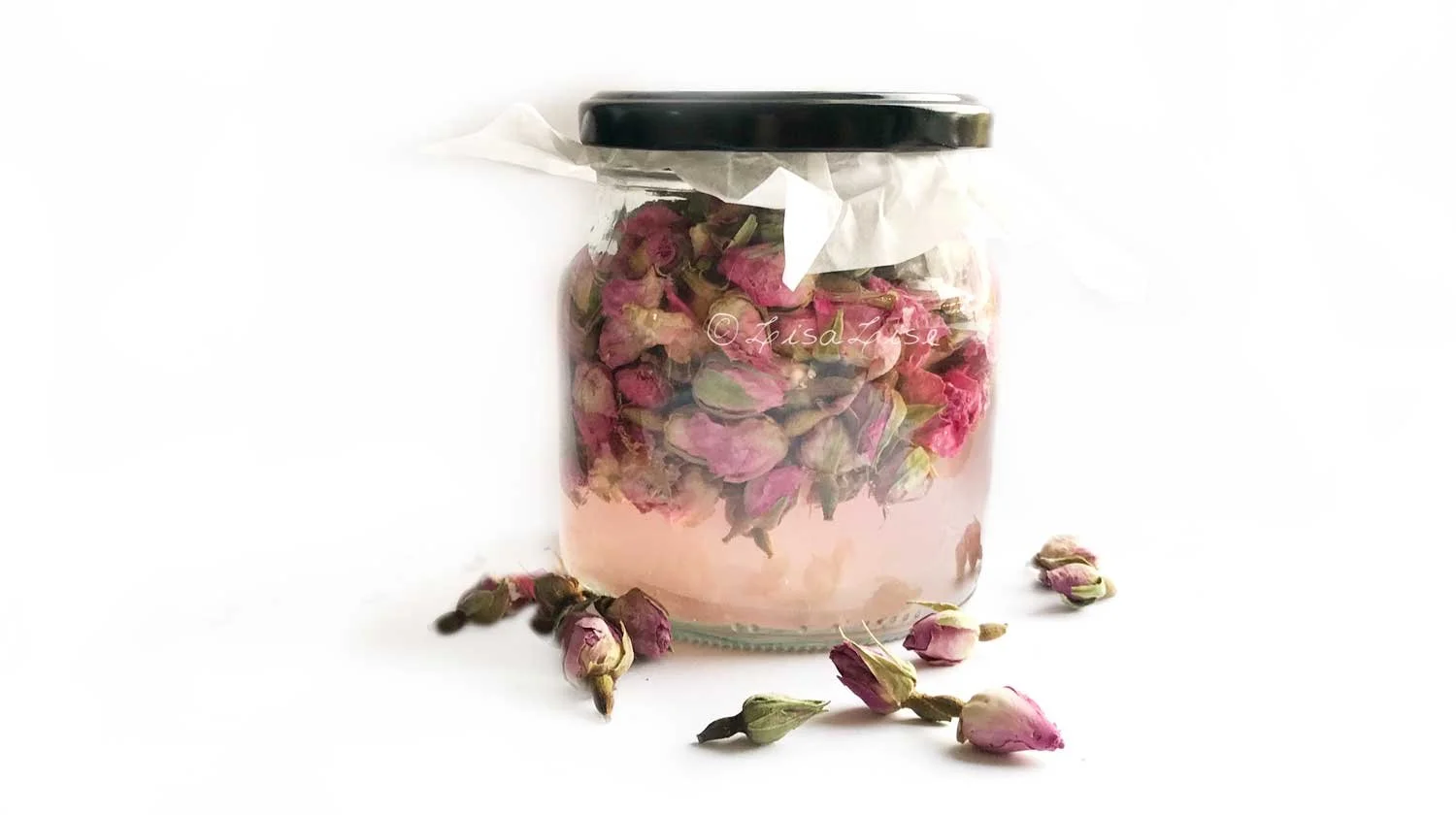Itchy Eyebrows
Lise
Years ago, when someone asked me why I made all of my own make-up, I suddenly realised it all started because of my itchy eyebrows.
Have you ever had itchy eyebrows? Constantly?
I did.
Every time I scratched (which you can't help doing when something itches), a little more of the brow color so carefully applied that morning would either come off under my nails or get smudged around the brow area. By lunchtime, every last bit of color would be relocated to other parts of my face and fingers.
At one point, I had to face the uncomfortable fact that it just might be the eyebrow product I was using that was causing the itching.
Ok, that must be solvable. I'll just go shopping and pick up a different brand – again, and again, and again, and again.
This One Is Guaranteed Itch-free, Ma'am
It's a little weird having itchy eyebrows – not your typical everyday thing. You invariably start to feel a little 'difficult' when you're standing at a make-up counter trying to figure out whether or not this product is going to be better than last 6 brands you tried without luck.
After a while, you tend to get a little testy with the sweet young thing behind the counter who has never experienced itchy eyebrows and is promising you 'this brand would never make your eyebrows itch' – all the while noting the forced smile and expression of disbelief in her eyes.
Well, who the heck could blame her? If it were me, I would have sworn one of my friends had put someone up to playing a gag on me.
Eureka! I Found One!
The one time I came home with a product that didn't make my eyebrows itch, I was certain all my problems had been solved.
Finally! Yes!
Life was perfect and itch free until I returned to purchase a new pencil a half year later.
"I'm sorry ma'am, that company decided to restructure and dropped their make-up line a half year ago" with an expression that clearly read 'which planet did you just drop in from?'
Arghh!!!
The Problem Revealed
The ingredients list on the product from the 'restructured company' – by chance or by design – showed no additional of perfume in their eyebrow pencils.
I started comparing ingredients lists.
All the other brands had perfume.
Now, maybe there's some kind of eyebrow secret that they've been hiding from me, but I gotta ask – perfume in an eyebrow pencil?!
Perfume?!
Do eyebrows have some disgusting smell that needs masking? Do they need perfume?? I don't get it!!
And So Began my Make-up Making Journey
This was the starting point for my make-up endeavours. And I haven't had itchy eyebrows since.
I ended up making all of my own make-up and have really enjoyed experimenting with the different ingredients and color possibilities.
Some of the make-up items I've made over the years include:
Eyeshadows (both loose and pressed powder as well as cream)
Foundation (powder, cream, lotion & stick with various types of coverage)
Highlighter (powder, cream, stick)
Blush (powder, cream, stick)
Lip color (gloss, lipstick, tint)
Mascara (wand -- I still want to do a cake mascara just for the fun of it)
Brow color (pressed powder, solid cake, pencils)
Make-up is fun to do, but admittedly also takes a bit of patience and practice. It really helps if you have a good eye for color as well.
After some years, I decided to see if it was possible to drop the minerals and use exclusively plant-based pigments and still achieve an acceptable level of color stability. Needless to say, that started a whole new exciting (but quite lengthy) journey that I'll get into in a future post.
Below is an easy lip and cheek tint formula using mineral pigments that is featured in the Working with Shea Butter book, but also available as a single formula.
























